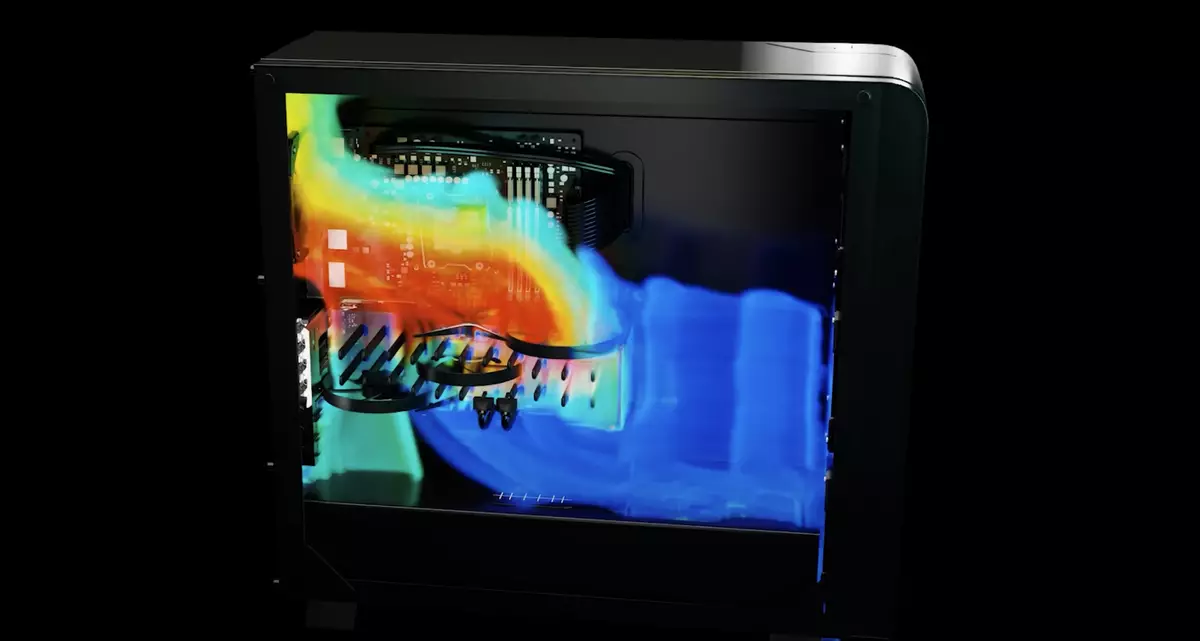The world of graphics processing units (GPUs) is constantly evolving, with companies like Nvidia at the helm, pushing the boundaries of performance, design, and innovation. A recent deep-dive video released by Nvidia touches upon the exemplary design process behind the highly anticipated GeForce RTX 5090. This article delves into the complex design decisions, technological advancements, and the creative challenges faced by Nvidia in this endeavor.
Nvidia’s vision for the RTX 5090 began with a clear mission: achieve unprecedented performance levels within a compact form factor. Designers were tasked with reducing the main circuit board’s size by an ambitious 40% to 50% compared to its predecessor. This challenging directive echoed through the engineering teams, who recognized that while larger GPUs had become the norm, there was a pressing need to rebalance the equation, bringing high-end performance into a sleeker, more efficient design.
Nvidia’s approach was built on years of accumulated experience with cooling solutions. The cooling technology debuted with the RTX 3090 highlighted a key progression, where the shorter PCB design allowed for effective “blow through” cooling methods. This evolution set the stage for the RTX 5090, requiring its designers to think outside traditional boundaries.
Bold Inspirations: The Four-Slot Prototype
Initially, Nvidia developed a four-slot prototype GPU, which was ultimately shelved due to its impractical size. The colossal cooler design, featuring a perpendicular PCB to enable three fans for better airflow, proved cumbersome and incompatible with many chassis setups on the market. However, this bold concept inspired a new direction for the RTX 5090.
By distilling lessons learned from the four-slot prototype, Nvidia arrived at what it termed a “two-thirds blow through” design, maintaining effective cooling while significantly reducing overall size. The mainboard was split into three components: a primary PCB housing the GPU and memory, a PCIe daughter board for motherboard connections, and a separate I/O board with HDMI and DisplayPort connectors.
One of the standout features of the RTX 5090’s design lies in the use of a flexible PCB cable, which delicately connects the I/O board to the mainboard. This innovative component required a rigorous iterative process, involving 25 iterations before arriving at a reliable design. Such painstaking attention to detail underscores Nvidia’s commitment to creating cutting-edge technology for their users.
Thermal management also received significant engineering focus. The choice of liquid metal as thermal interface material demanded remarkable precision in ensuring durability and reliability across various conditions. Creating a hermetically sealed environment to prevent oxidation and escape of this vital cooling element underscored the intricacies of modern GPU design.
The introduction of what Nvidia claims to be the “first-ever 3D vapor chamber” is another monumental achievement. This groundbreaking design features heat pipes that directly connect to the chamber’s sides, enhancing thermal density while maintaining a compact form factor. The various enhancements along with the robust engineering behind them reaffirm the complexities involved in the creation of a next-generation GPU.
Standing Out in a Competitive Market
The RTX 5090’s level of engineering excellence raises the stakes for third-party manufacturers vying for market share in the GPU space. Competing against the formidable engineering and investment underpinning Nvidia’s Founders Edition cards presents a unique challenge for these AIB partners.
As highlighted by Nvidia’s GTM Product Manager, Hunter Denter, the pride in meticulousness shown by their design team is palpable. The attention to detail in every aspect of the RTX 5090 symbolizes not only a commitment to quality but also a dedication to advancing the gaming experience for users.
As technology continues to march forward, the Nvidia GeForce RTX 5090 encapsulates the innovative spirit pushing the boundaries of gaming graphics. From its compact design to advanced cooling solutions and engineering breakthroughs, Nvidia’s new edition paves the way for the future of high-performance GPUs. Through unyielding dedication and a vision for a more powerful compact solution, Nvidia has redefined what can be expected from the world of graphics technology. Each element of the RTX 5090 is a testament to the ethos of relentless improvement and artistry in engineering that defines Nvidia as a leader in the field.


Leave a Reply